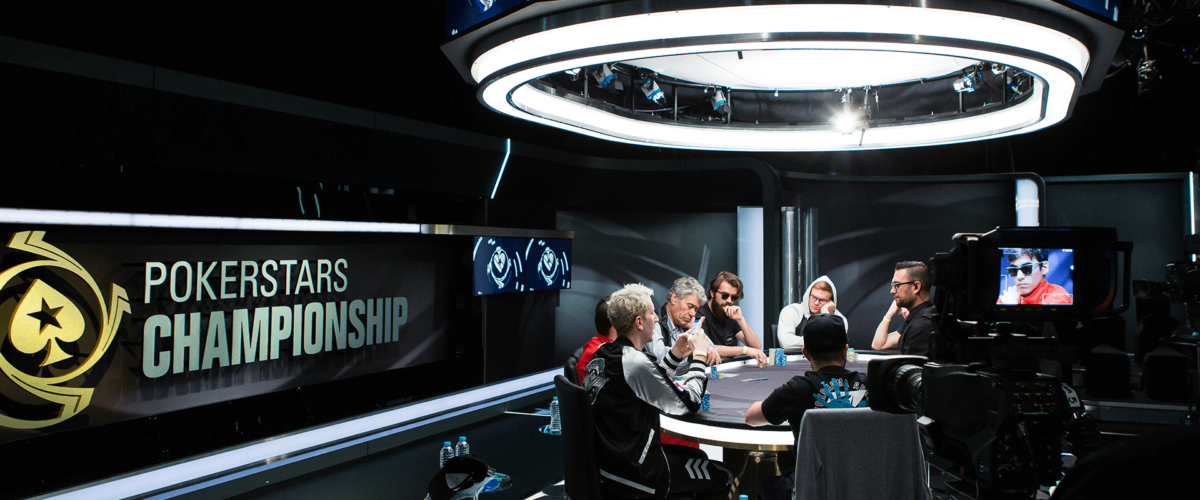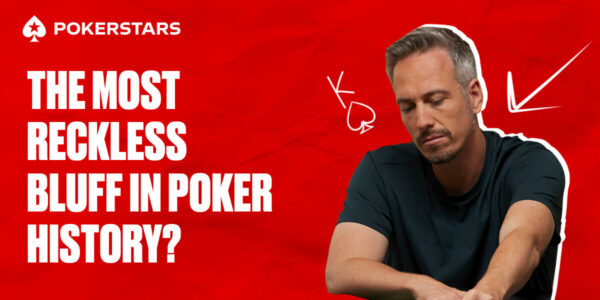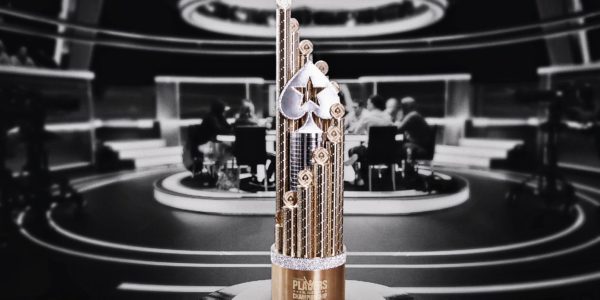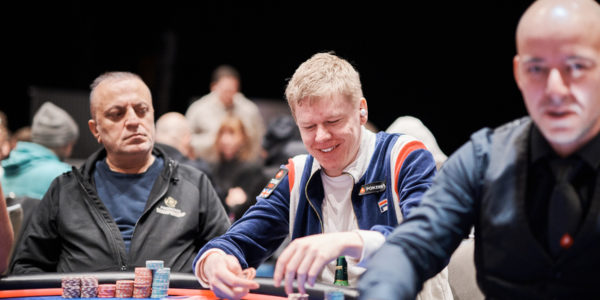Three Requirements for Showing your Cards in a Live Game
In this poker strategy article we explore three requirements for showing your cards in a Live Game.
As a spritely poker novice, I used to take great pleasure in showing every bluff I ever made. Such an approach can be dangerous and might actually affect your win-rate negatively if you do it at the wrong times. That said, there are definitely times when showing your cards can increase your profits. The key here is knowing exactly why you are showing and what the likely consequences will be.
The Three Requirements
To give your opponent free information about your play is, all else being equal, a bad idea. But when you have identified that the three conditions below are all in place, the pros might well outweigh the cons.
- Your opponent is a reactive player.
- You are fairly confident about how your opponent is likely to react to the information.
- You are confident about how to take advantage of that reaction in a holistic way.
Let’s talk more about what these three points entail.
Is your Opponent Reactive?
Some players have no concept of adjusting to new information. These people play the same game and remain in their comfort zone no matter what new information emerges about the way their opponents are playing. Non-reactive players often make black and white claims such as ‘AQ is a loser’s hand’ or ‘you can’t fold anything on the button.’ Their web of belief is so thoroughly entrenched that even if you reveal your cards to show a play most others would never make, this opponent is likely to shrug it off and crawl back inside his comfort zone. All you are doing by showing your cards after playing a pot against a non-reactive player is informing the rest of the table about how you play. This may of course be justified if there are reactive players paying attention, but if not, you run the risk of informing a strong, thinking player about how he should adjust to you.
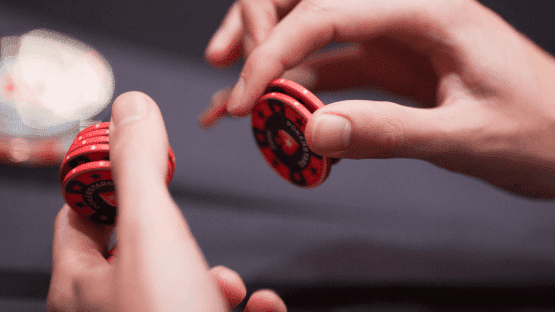

Reactive players, on the other hand, tend to talk more about exploitation and observations. They might say something like: ‘you haven’t played a hand since you sat down’ or ‘You played J8s…pfft…you’ll get punished for that soon.’ These are the players who will react in some way to you showing your hand. The next step is being honest about whether or not you can predict how they are likely to react.
Predicting your Opponent’s Reaction
If your opponent is reactive, you might have an idea about how he will interpret and act on new information. Most players grossly overestimate their ability to manipulate the thoughts of others at the table. They tend to project their own reactive tendencies onto their opponents. This is a poker pitfall we must seek to avoid when considering whether or not to show.
Firstly, look out for emotional reactions to events at the table. When somebody reacts emotionally rather than logically upon learning something, it is very likely that they will have the same uncontrollable reaction the next time too. For example, the chatty guy at the end of the table starts laughing nervously when his opponent raises the flop then folds top pair. When his opponent shows a set, he smiles proudly beaming from ear to ear with the self-satisfaction of having made another good lay down. This is someone who likes to fold and hates paying people off. He sees calling with the worst hand as a greater evil than folding the best one.
In a few orbits’ time you find yourself 3-betting this player from the BU after he opens in MP. Villain laughs nervously and chats a bit about how you either have AK or JJ and then folds. Safe in the knowledge that your range contains quite a few hands other than AK and JJ and that this player has made a lucky guess rather than a psychic soul read, you show your AK. Here you are positively reinforcing his fold instinct and linking yourself to his positive feelings about correct folds being the holy grail of poker. Because Villain’s reaction to seeing he has made a correct fold is fully emotional and loaded with self-gratification, you have just set up a very reliable trend. Villain will fold more happily against you in the future.
Contrast this to a logical player who likes to analyse his opponents’ motives and not just their actions. This guy might well wonder why you chose to show your hand and make the opposite adjustment in the future. ‘Why would he show me a bluff if he was planning on bluffing me again in the near future?’
We have to be very careful against logically reactive players and make sure that we are a level ahead of them before showing our cards to set up a future exploit.
Exploiting the Reaction
It is not enough just to say A equals B. We must complete the picture by saying A equals B, therefore I should do C, D and E. Let me illustrate. An amateur player might show a river bluff against an annoyed call-happy opponent on one hand and then 3-bet him with 76s BB vs BU the next hand.
Why does he 3-Bet the 76s? Because it is part of his default strategy with some frequency. Fair enough, but what makes this hand a profitable 3-Bet against an average (default) opponent? The combination of pre-flop fold equity, post-flop fold equity, and playability. When you remove the first two ingredients, the hand becomes a very poor 3-Bet and just calling the raise for implied odds reasons becomes the clear choice. Given that Hero as just showed a bluff against this already stick opponent, fold equity is very low here, and the 3-Bet is a categorical mistake. There is no need to isolate this player as we are already heads-up so Hero should just call.
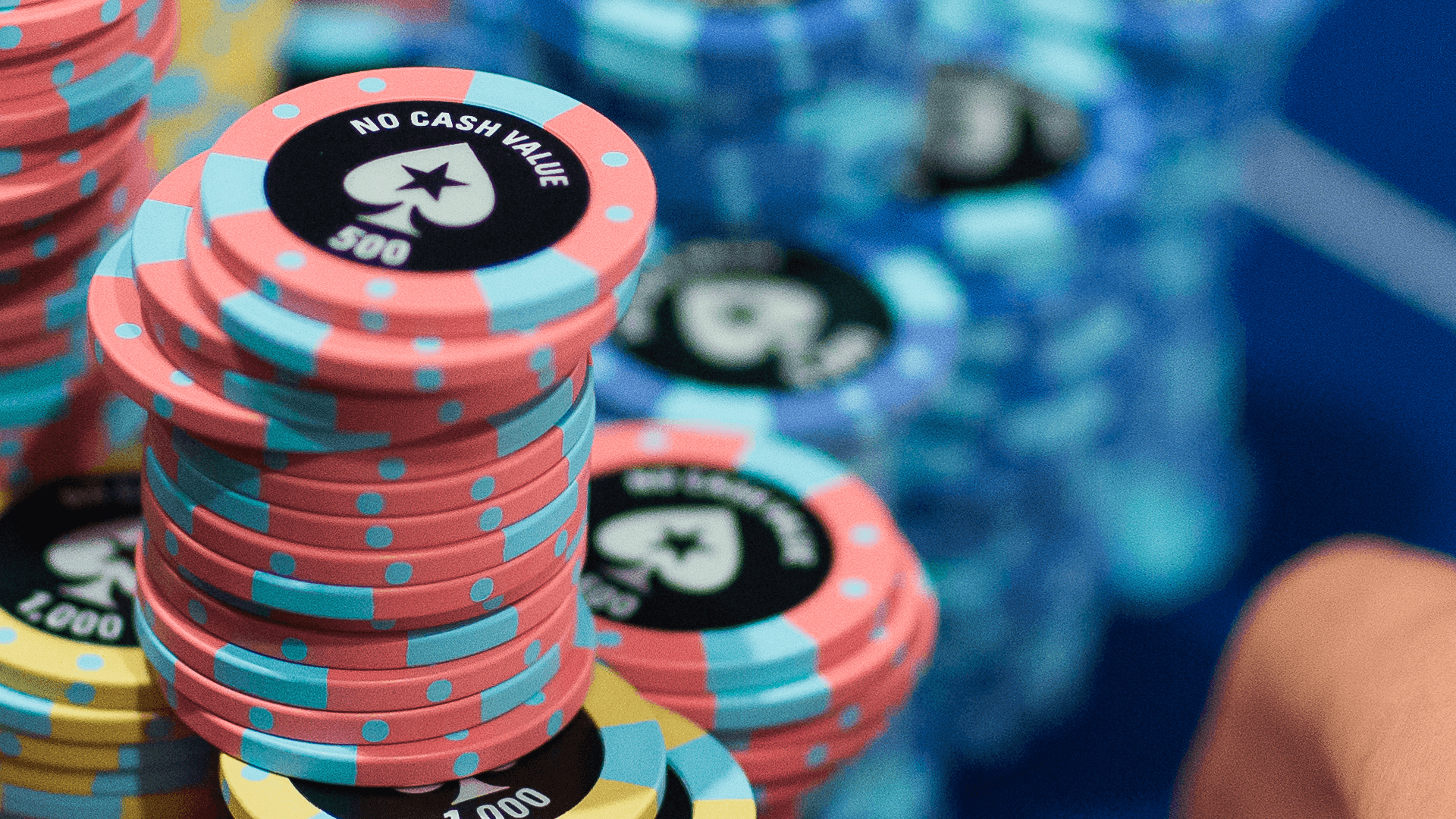

This mistake comes from an incomplete assessment of how Hero should follow up on showing his cards. No doubt Hero has reasoned: ‘Next time I bet the river I will have a hand’ and while this is probably sensible, it omits all of the other spots in which Hero’s showing of the bluff has affected the EV of various choices. Hero should also 3-Bet a more value-heavy range pre-flop, c-bet bluff less often and smaller, and be more willing to get involved for cheap with implied odds type hands, but by being too one-dimensional about the required exploit after showing his bluff, he misses these other key points.
Make sure that you think about how showing your cards will impact your choices across the whole game tree and not just in the exact situation in which you showed.
Summary
- When showing your cards, make sure that the pros out weight the cons.
- Villain must be a reactive player and not one who hides behind a paradigm of rigid ideas.
- You must be honest about your ability to predict Villain’s likely reactions. Favour making exploits against players who adapt emotionally.
- Think about how showing your card impacts your entire strategy against your opponent, not just in the situation in which you showed.


